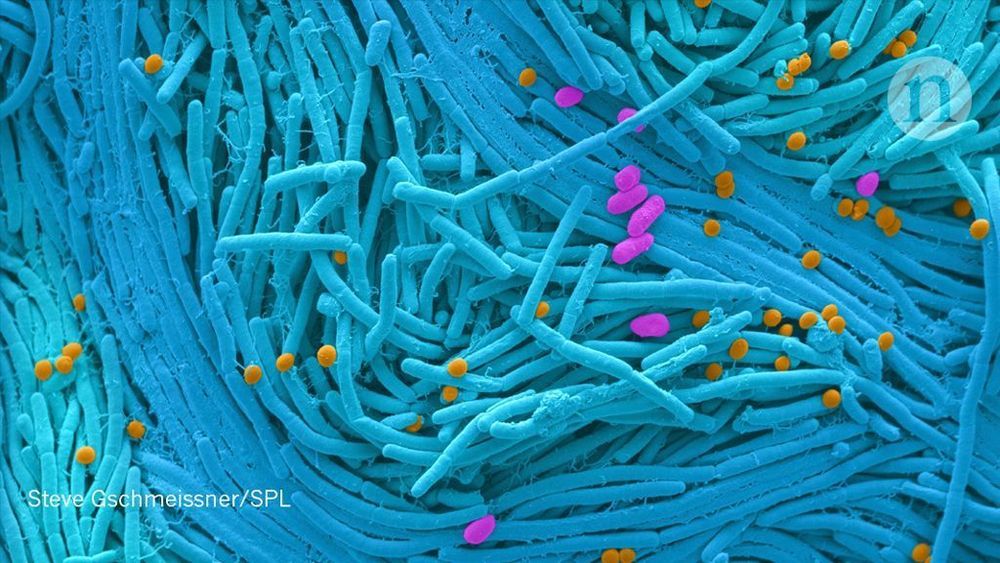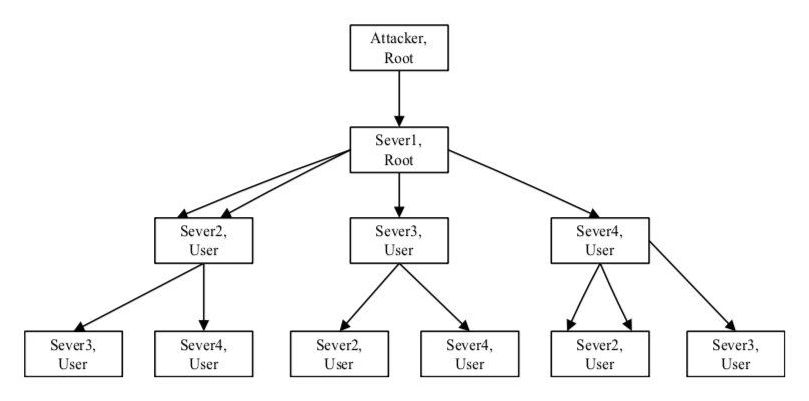Page 8788
May 30, 2019
Priorities for the next 10 years of human microbiome research
Posted by Derick Lee in category: biotech/medical
In my view, most of the research so far has placed too much emphasis on cataloguing species names. We’ve been characterizing the human microbiome as if it were a relatively fixed property to be mapped and manipulated — one that is separate from the rest of the body. In fact, I think that interventions that could help to treat conditions such as diabetes, cancer and autoimmune diseases will be discovered only if we move beyond species catalogues and begin to understand the complex and mutable ecological and evolutionary relationships that microbes have with each other and with their hosts.
The dream of microbiome-based medicine requires a fresh approach — an ecological and evolutionary understanding of host-microbe interactions — argues Lita Proctor.
Jobs, well done. Discover your next opportunity with a hand-curated selection of advertising, design, and technology job postings from around the world.
May 30, 2019
Decentralizing Bitcoin’s Last Mile With Mobile Mesh Networks
Posted by Klaus Baldauf in categories: bitcoin, internet
May 29, 2019
Video of a 5G-powered police chase triggers concern in China
Posted by Klaus Baldauf in categories: internet, surveillance
May 29, 2019
Defense against wireless attacks using a deep neural network and game theory
Posted by Saúl Morales Rodriguéz in categories: business, habitats, internet, mobile phones, robotics/AI, security
A growing number of devices are now connected to the internet and are capable of collecting, sending and receiving data. This interconnection between devices, referred to as the Internet of Things (IoT), poses serious security threats, as cyberattackers can now target computers and smartphones, but also a vast array of other devices, such as tablets, smart watches, smart home systems, transportation systems and so on.
For the time being, examples of large-scale IoT implementations (e.g. connected infrastructure, cities, etc.) are somewhat limited, yet they could soon become widespread, posing significant risks for businesses and public services that heavily rely on the internet in their daily operations. To mitigate these risks, researchers have been trying to develop security measures to protect devices connected to the internet from wireless network attacks.
To this end, two researchers at Baoji University of Arts and Sciences, in China, have recently developed a new method to defend devices in an IOT environment from wireless network attacks. Their approach, presented in a paper published in Springer’s International Journal of Wireless Information Networks, combines a deep neural network with a model based on game theory, a branch of mathematics that proposes strategies for dealing with situations that entail competition between different parties.
Continue reading “Defense against wireless attacks using a deep neural network and game theory” »
May 29, 2019
Sensor-packed glove learns signatures of the human grasp
Posted by Saúl Morales Rodriguéz in categories: biotech/medical, cyborgs, robotics/AI
Wearing a sensor-packed glove while handling a variety of objects, MIT researchers have compiled a massive dataset that enables an AI system to recognize objects through touch alone. The information could be leveraged to help robots identify and manipulate objects, and may aid in prosthetics design.
The researchers developed a low-cost knitted glove, called “scalable tactile glove” (STAG), equipped with about 550 tiny sensors across nearly the entire hand. Each sensor captures pressure signals as humans interact with objects in various ways. A neural network processes the signals to “learn” a dataset of pressure-signal patterns related to specific objects. Then, the system uses that dataset to classify the objects and predict their weights by feel alone, with no visual input needed.
In a paper published in Nature, the researchers describe a dataset they compiled using STAG for 26 common objects—including a soda can, scissors, tennis ball, spoon, pen, and mug. Using the dataset, the system predicted the objects’ identities with up to 76 percent accuracy. The system can also predict the correct weights of most objects within about 60 grams.
Continue reading “Sensor-packed glove learns signatures of the human grasp” »
May 29, 2019
Scientists in India find new type of viper — and it looks stunning
Posted by Genevieve Klien in category: futurism
Everyday Einstein explores the far reaches of our universe (and beyond)
- By Everyday Einstein Sabrina Stierwalt on May 29, 2019
May 29, 2019
These Scientists Are 3D-Printing New Body Parts for Athletes
Posted by Quinn Sena in categories: 3D printing, bioengineering, biotech/medical
A team of bioengineers has successfully 3D-printed tissues they believe doctors could one day implant into patients to help heal the knee, ankle, and elbow injuries that have ended the careers of countless athletes.
“I think this will be a powerful tool to help people with common sports injuries,” Rice University researcher Sean Bittner said in a press release — though the impact of the group’s work could extend far beyond the turf or pitch.


















